Call us FREE 0808 2394 989
Opening Hours - Office open, we'll close at 8:00pm
Call us FREE 0808 2394 989
Opening Hours - Office open, we'll close at 8:00pm
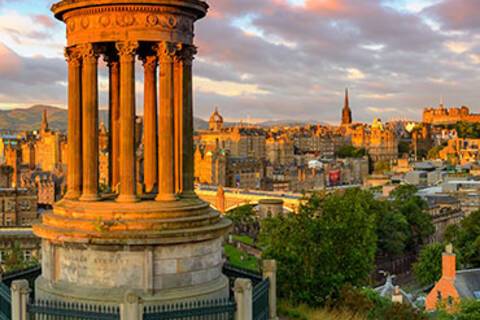
Leith, Edinburgh's vibrant port district, is a captivating blend of historical charm and modern vibrancy.
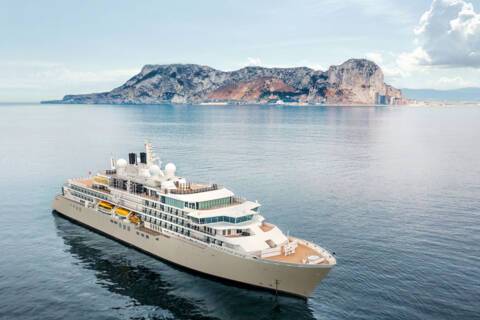
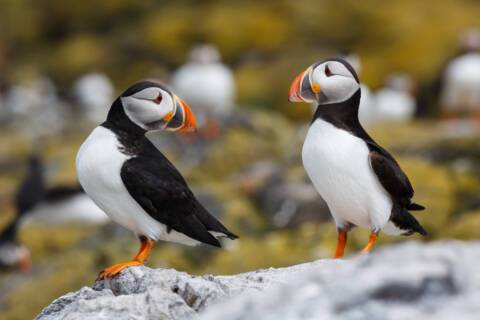
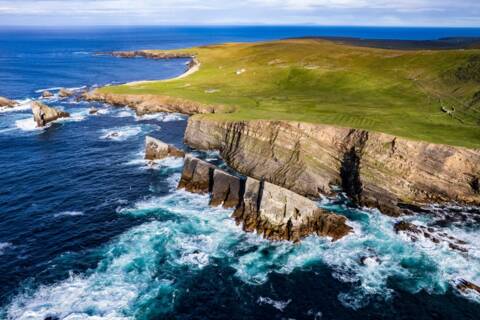
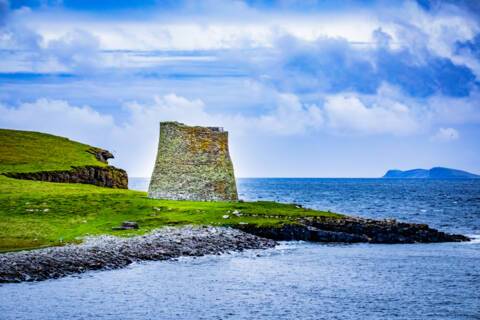
Adrift between the Scottish and Norwegian coasts, the craggy Shetland Islands form the most northerly point of the British Isles. Sprawling across 100 islands, connected by sandy bridges and crisscrossing ferries, explore the highlights of this scenic archipelago outpost. With incredible Neolithic history, spanning 5,000 years of human heritage, these islands, which sit just shy of the Arctic Circle, are an isolated and immense treasure trove of history and thrilling scenery. Look out over dramatic coastline from atmospheric Iron Age towers
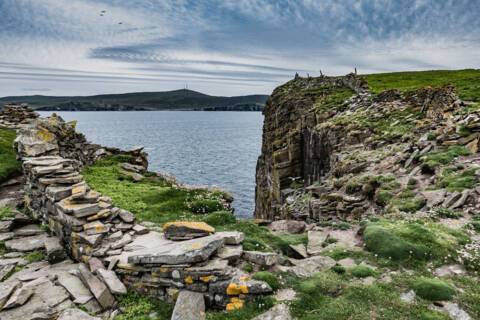
Exploring the sandstone cliff faces of the Isle of Noss will reveal ledges loaded with gannets, puffins, guillemots, shags, kittiwakes, Razorbills, fulmars and Great Skuas. The island was recognized as a National Nature Reserve in 1955, and has one of Europe’s largest and most diverse seabird colonies. Sheep have grazed the inland hillsides of Noss since the late 1800s and early 1900s when around twenty people lived on the island to manage the sheep farm. Along with the sheep, shaggy Shetland ponies graze the windblown slopes of Noss.
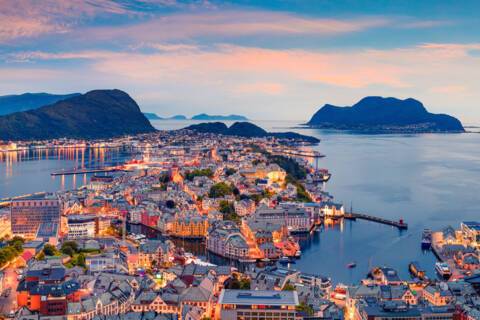
Norway’s enchanting port town of Ålesund offers a quintessentially Norwegian experience with its rugged mountains and captivating fjords.
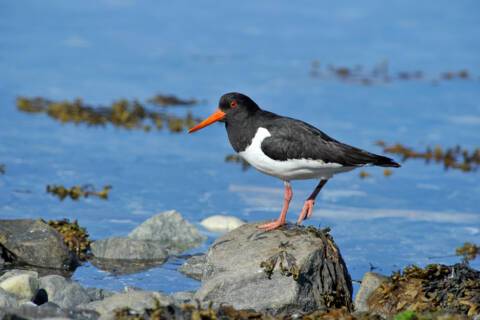
Runde is an island in southern Norway, some 25 kilometers to the west of Ålesund. Runde’s south and northeast shores have flat ground and a few houses for the roughly 150 regular inhabitants. On the west side of Runde, and facing the open ocean, are impressive cliffs with caves. Here one finds Norway’s southernmost accessible nesting sites of Atlantic Puffins, Black-legged Kittiwakes, Razorbills, Northern Gannets, and Common Guillemots. Several hundred thousand birds come here. Among the roughly 80 species nesting on Runde even White-tailed Eagles can be found. View less The different colonies can be seen from the sea, as well as hiking up the mountain. One of the largest seal colonies in the region is found on islets 4 kilometers northeast of Runde. These islets as well as a small portion of Runde’s east and entire west coast are part of Norway’s Ramsar site 2164. A scientific station does not only work in seabird monitoring, but also in marine biology, rocky shore monitoring, oceanography and meteorology.
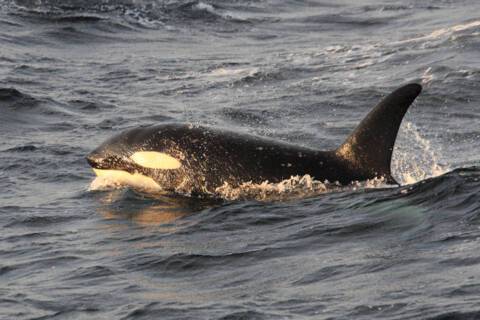
The Vega Archipelago, a UNESCO World Heritage site, is a myriad of islands scattered in the Norwegian Sea and home to one of Norway’s largest eider duck colony. Of the 6,000 Vega islands, 59 were once inhabited by families that made their living from fishing and from eider down harvesting. Today, there are no year-round residents, but the population returns in the summer to continue the 1,500-year-old tradition of caring for the eider ducks and harvesting their precious down.
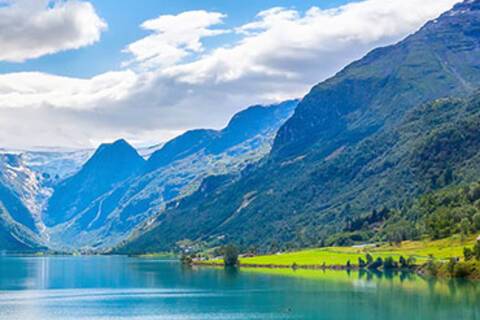
Nordfjord, a majestic jewel in Norway's crown of fjords, unfurls a breathtaking tapestry of glaciers, valleys and shimmering waters.
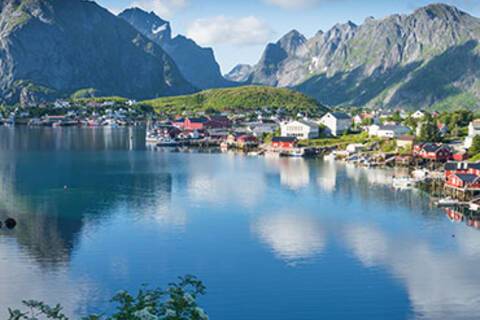
Leknes, an enchanting gem nestled within Norway's Lofoten Archipelago, beckons travellers with its harmonious blend of natural beauty and cultural richness.
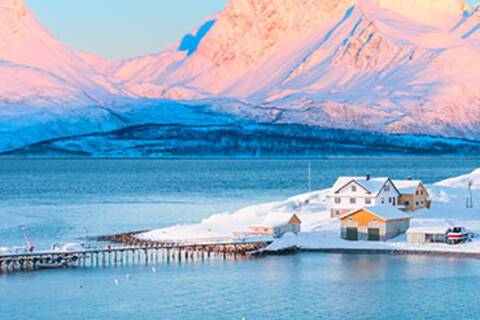
Tromsø, often dubbed the Gateway to the Arctic, beckons visitors with its enchanting blend of urban sophistication and untouched wilderness.

Gjesværstappan is a group of high, steep-sided, grass-covered islands which are located north of the island village of Gjesvær in Nordkapp Municipality in Troms og Finnmark county, Norway. The three main islands are Storstappen, Kjerkestappen, and Bukkstappen.

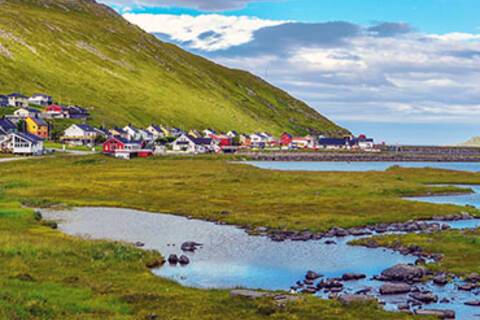
Perched above the Arctic Circle, Skarsvåg lays claim to being the world's northernmost fishing village.
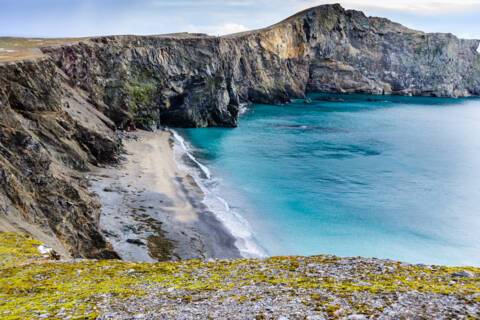
Bear Island is considered Svalbard’s southernmost island, roughly half way between Spitsbergen and Norway’s North Cape. Although the last polar bears were seen in 2004, the name goes back to Dutch explorer Willem Barentsz and his visit in 1596. The island has been used to hunt walrus, for whaling, and even coal mining has taken place. The strategic location on the border of the Norwegian Sea and the Barents Sea has led to a meteorological station being set up by Norway near Gravodden on Bear Island’s north coast.


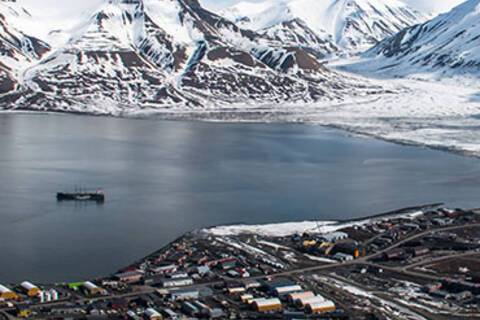
Nestled amidst the Arctic wilderness, Longyearbyen emerges as a beacon of resilience and adventure at the northernmost reaches of civilisation.
2025/26 All-Inclusive Ultra-Luxury Summer Solo Sale
View prices as:
Your current viewing preference is:
Per-Person Pricing
* Prices shown are per person, based on two adults sharing a twin cabin and include all cruise offer discounts and savings.

| Deck | Price | Enquire | |
| GS | Deck 7 | Enquire now |
| Deck | Price | Enquire | |
| OS | Deck 7 | Enquire now |
| Deck | Price | Enquire | |
| SL | Deck 6 | Enquire now |
| Deck | Price | Enquire | |
| CV | Deck 5 | Enquire now |
| Deck | Price | Enquire | |
| DX | Deck 6 | Enquire now |
| Deck | Price | Enquire | |
| PV | Deck 6 | Enquire now |
| Deck | Price | Enquire | |
| SV | Deck 6 | Enquire now |
| Deck | Price | Enquire | |
| MS | Deck 8 | Enquire now |
| Deck | Price | Enquire | |
| SS | Deck 8 | Enquire now |
| Deck | Price | Enquire | |
| G1 | Enquire now |
| Deck | Price | Enquire | |
| O1 | Enquire now |

Yes, all Silversea ships are equipped to offer Wi-Fi access.
At Silversea, the comfort, enjoyment and safety of all guests is paramount. Most areas onboard are non-smoking and, as a safety precaution, smoking is not permitted in guest accommodations. However, smoking is permitted in the Connoisseur’s Corner and in specifically designated areas.
Yes, guests can take alcohol on their Silversea cruise. There are no limitations.
Gratuities are included in the price of your Silversea cruise.
The currency used onboard Silversea is US Dollars.
Shipboard attire ranges from casual to formal. Casual wear is appropriate for daytime aboard the ship or ashore and consists of standard sports outfits as worn at 5-star resorts. Evening attire falls into 3 categories; casual, informal and formal.
Shore excursions are available to book in advance via My Silversea until 2 days prior to sailing.
Booking conditions of Silversea and Reader Offers Limited Agency booking conditions apply. Fares are per person based on two adults sharing a suite, may increase or be withdrawn at any time. Offers apply to new bookings only. Savings are based on two adults sharing. Star ratings are Reader Offers Ltd classified. All-Inclusive drinks are subject to the cruise lines T&C’s. Free unlimited Wi-Fi is subject to further T&Cs and is limited to one device per guest. Free drinks are subject to the cruise lines T&Cs. Please note, all-inclusive element applies to the cruise only. Regional and Premium Class flights will incur supplementary costs and may require an additional overnight stay. Should the named hotel be unavailable, a suitable alternative will be supplied. Chauffeur transfers are based on two adults sharing, mileage is tiered depending on grade booked and applicable up to 50 miles each way, UK mainland only. Additional miles can be purchased at a supplement. Tours are subject to change, are non-transferable and may not be suitable for guests with mobility restrictions. On board spend is per suite and tiered depending on grade booked. Wildlife sightings are not guaranteed. Cruise Miles T&Cs apply. E&OE.
*Please note: Full payment may be required on some 2025 sailings at the time booking due to the departure date*
Champagne Gift Box is one per booking, for Ocean View Staterooms & above on cruises of 7 nights & above, for Mainland UK addresses only.